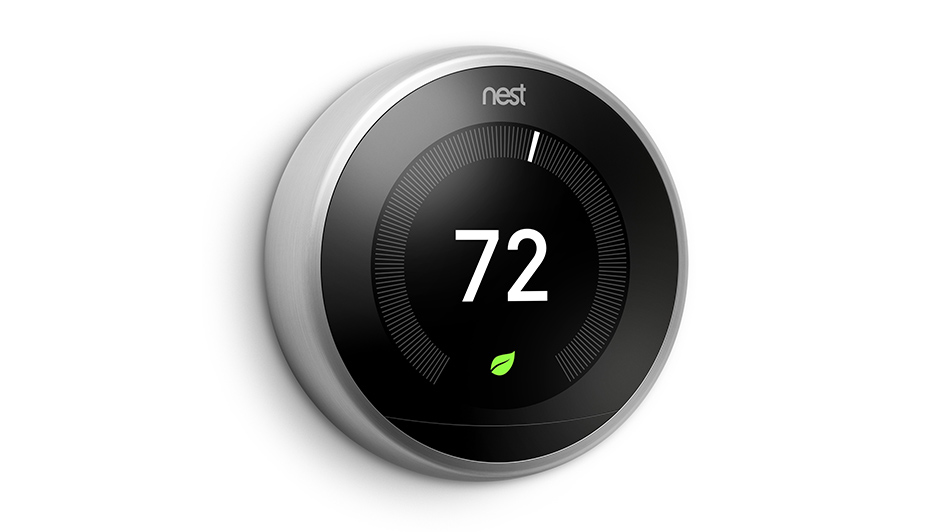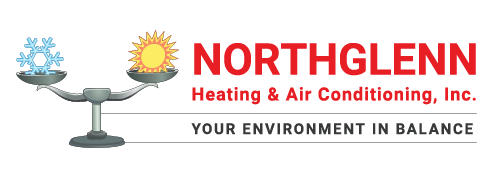
The Nest thermostat is one of the most popular smart thermostats you can get. And for good reason. It learns your temperature preferences and creates an energy-efficient schedule to match. And through geofencing with your phone, the Nest Learning Thermostat and Nest E realize when you’re at your residence or gone and can raise and lower temperatures to help you save even more.
The Nest can be used with a vast range of 24-volt heating and cooling systems, but it’s always a smart idea to visit the Nest thermostat compatibility checker before purchasing one. Don’t forget to check with your energy company for valuable rebates, because you may be able to get a Nest for free or close to it.
Once you’ve confirmed it’s compatible, you can either wire it without help or call a HVAC professional like Northglenn Heating & Air Conditioning. If you’re wiring it without help, you’ll see a terminal for the C-wire, or common wire. This wire is just used for powering your thermostat. If your home or HVAC system is older, you might not have one of these wires. In most cases, Nest says this isn’t a setback as the thermostat can get adequate power from other heating and cooling wires.
In some instances, your heating and cooling system might have to have that C-wire. And here’s why.
Why Your Nest Keeps Losing Power and Other Problems
The Google Nest Thermostat is an improvement from older programmable thermostats that rely on a combination of wiring and AA batteries for power. It relies on a rechargeable lithium-ion battery and wiring to link to Wi-Fi, power its digital display and run your heating and cooling system.
8 Common Nest Thermostat Issues
If it can’t draw adequate electricity, Nest says you might encounter some of these issues:
- Bad battery life.
- Thermostat motion sensing won’t operate.
- Your thermostat sometimes disconnects from Wi-Fi.
- Your system abruptly turns on or off, or won’t turn off.
- Your system is making strange noises, like chattering, stuttering, clicking or thumping.
- Heating or cooling is short cycling, or frequently turning on and off in a short period of time.
- There is a delay message on your Nest thermostat’s screen, along the lines of “heating is delayed for 2:30 minutes.”
- The system fan is always on, won’t run or turns off and on frequently in a short period of time.
You could think something is up with your heating and cooling system, but if you just got the Nest, we recommend you begin with your thermostat initially. This is especially timely if the weather is mild, and you haven’t been using your heat or air conditioning frequently.
Our Pros Can Fix Nest Thermostat Issues
If you’ve tried Nest thermostat troubleshooting by yourself but can’t solve the dilemma, a smart thermostat professional such as one from Northglenn Heating & Air Conditioning can assist you. We can pinpoint the problem and install a C-wire, if necessary.
Smart thermostats including the Nest are made to make your life simpler, through automatic energy-efficient programming and the option to check temperatures while you’re on the go. It’s an annoying experience when yours won’t operate properly, but our heating and cooling pros at Northglenn Heating & Air Conditioning can resolve the problem fast.
If you’re going through strange heating and cooling behavior with your new Nest, reach out to us at 303-452-4146 to request your appointment today.
